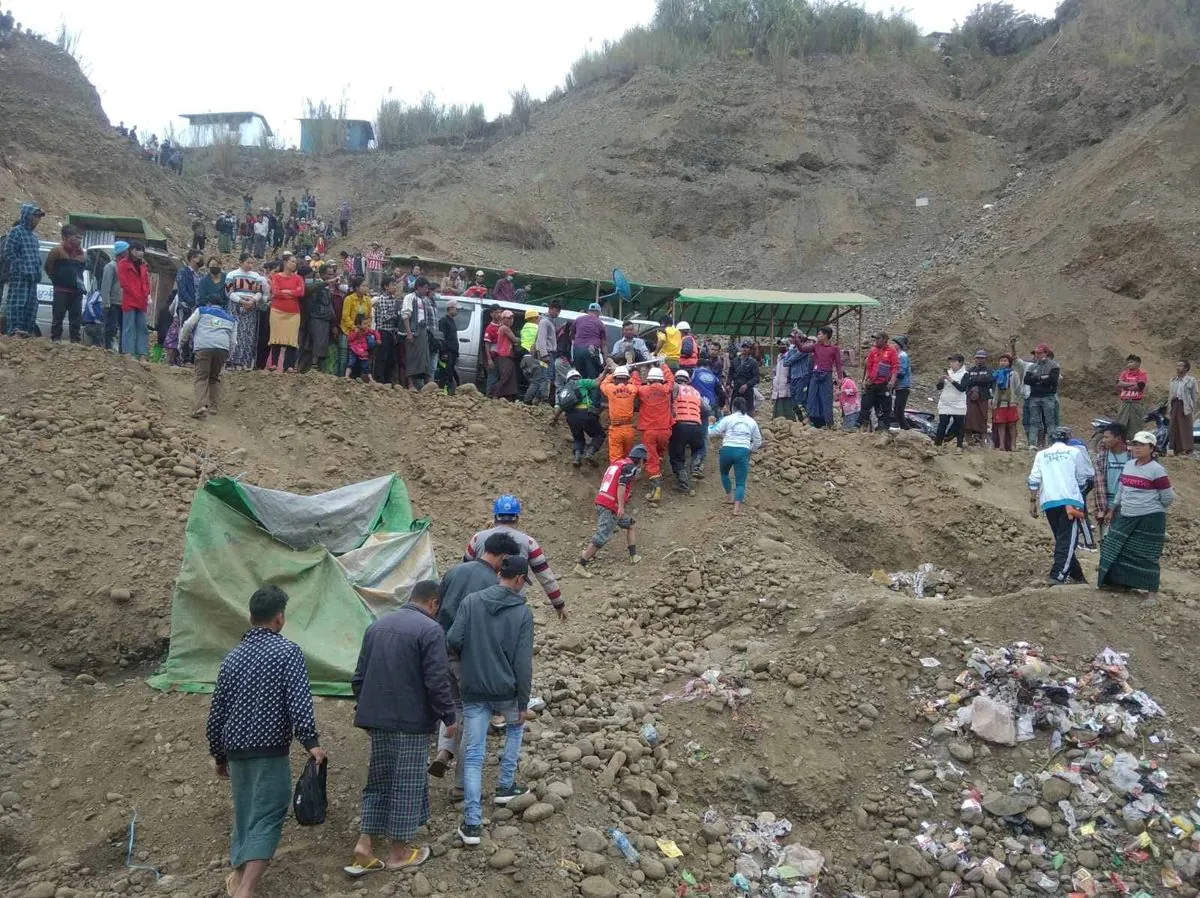Myanmar Flood Death Toll Soars to 226 After Typhoon Yagi
Typhoon Yagi and monsoon rains cause devastating floods in Myanmar, with 226 confirmed deaths. Communication challenges and ongoing civil war hamper casualty counting efforts.

In a devastating turn of events, Myanmar has been severely impacted by floods and landslides resulting from Typhoon Yagi and seasonal monsoon rains. The state-run newspaper Myanma Alinn reported a significant increase in the death toll, which has now reached 226, with 77 individuals still unaccounted for.
The current casualty count represents a stark increase from the initial report of 33 deaths just a few days prior. Experts anticipate that this number may continue to rise as more information becomes available. The process of tallying casualties has been hindered by communication difficulties in the affected regions, exacerbated by the ongoing civil conflict in Myanmar.

Typhoon Yagi, which struck the region last week, has left a trail of destruction across Southeast Asia. In addition to Myanmar, neighboring countries have also suffered significant losses. Vietnam reported nearly 300 fatalities, while Thailand and Laos confirmed 42 and 4 deaths respectively, according to data from the ASEAN Coordinating Center for Humanitarian Assistance.
Myanmar's vulnerability to natural disasters is heightened by its geographical location and the annual monsoon season, which typically occurs from June to September. The country's infrastructure, already strained by years of conflict and economic isolation, faces additional challenges in responding to such calamities.
The impact of this disaster is further complicated by Myanmar's ongoing civil war, which has persisted since the country gained independence in 1948. This long-standing conflict has not only affected the nation's development but also hampers relief efforts in times of crisis.
As the situation unfolds, the international community and regional organizations are likely to mobilize support for the affected areas. However, the effectiveness of aid efforts may be influenced by the complex political landscape and logistical challenges within Myanmar.
This tragic event underscores the increasing vulnerability of the region to extreme weather events, potentially exacerbated by climate change. As Southeast Asian nations continue to grapple with the aftermath of Typhoon Yagi, the focus remains on search and rescue operations, providing immediate relief to survivors, and assessing the long-term implications for the affected communities.


































